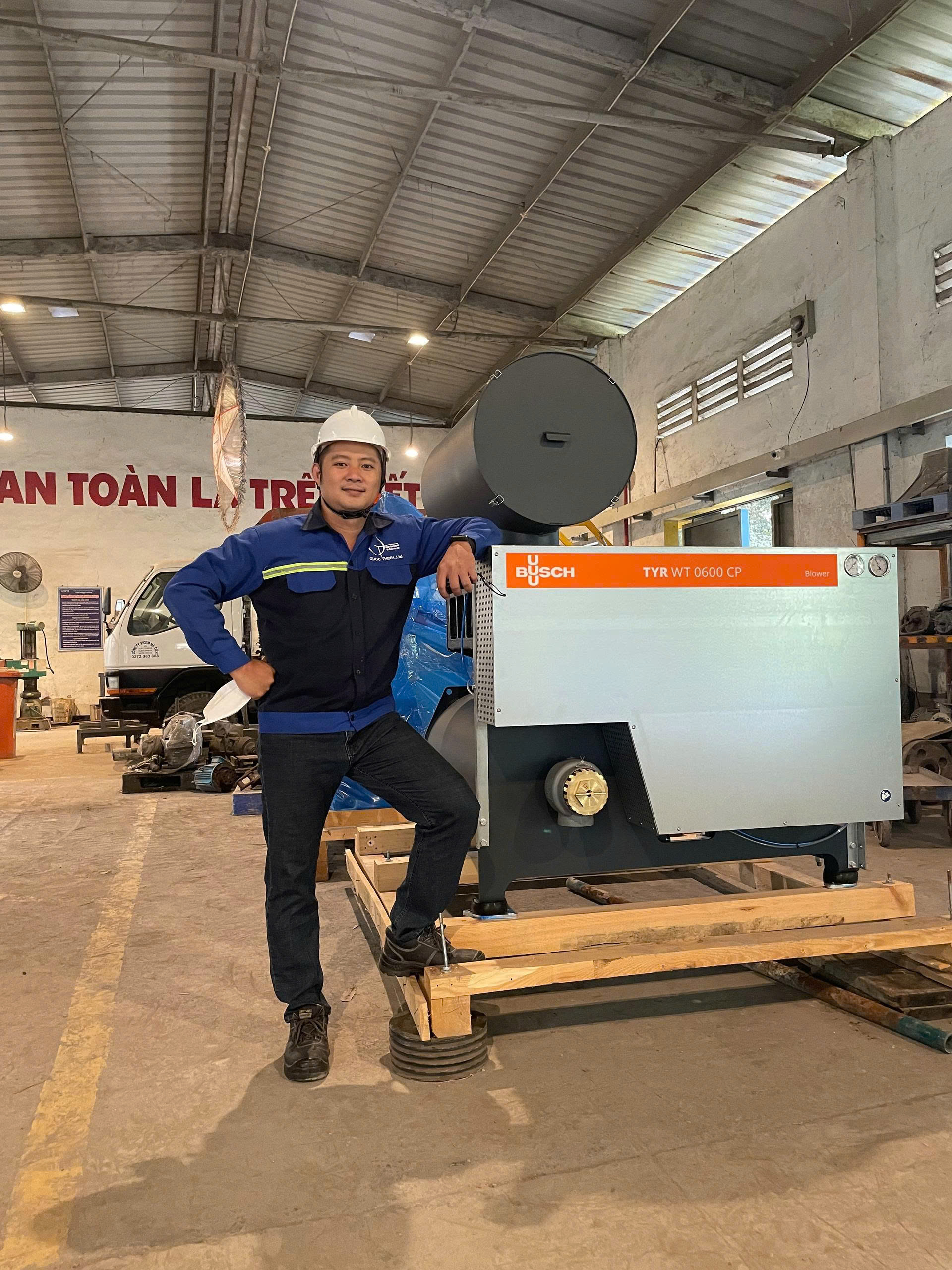Building the Most Effective Preventive Maintenance (PM) Program

In the modern industrial manufacturing environment, sudden equipment failure is a nightmare causing severe damage in terms of time, cost, and brand reputation. To ensure the production line achieves Availability and Continuity, establishing an effective Preventive Maintenance (PM) program is a prerequisite. PM not only helps extend Asset Lifespan but also optimizes long-term operating costs. In this article, Quoc Thinh Industrial will provide a detailed step-by-step guide to help you set up and Optimize a PM Program based on CMMS (Computerized Maintenance Management System) standards.
1. Definition and Strategic Value of Preventive Maintenance
Preventive Maintenance (PM) is a proactive maintenance strategy, performed according to a fixed schedule or based on the equipment's Running Hours, aiming to inspect, service, and replace wear parts before they reach the Failure Point. PM differs from Corrective Maintenance in its proactive, planned nature, focusing on Failure Prevention.
Key Benefits of implementing a PM program:
- Minimize Unscheduled Downtime: Helps maintain a stable Production Schedule.
- Increase Reliability and Extend Asset Lifespan: Keeps critical components (such as Compressor Heads, Bearings, Cooling Coils) in optimal condition.
- Optimize Repair Costs: The cost of PM is much lower than the cost of an Overhaul or replacement following a Catastrophic Failure.
- Improve Energy Efficiency: Regularly maintained equipment (clean filters, new oil) has higher Energy Conversion Efficiency.
2. Core Steps to Build a CMMS-Standard PM Program
A successful PM program requires a rigorous process, from Asset Listing to Data-Driven Decisions based on performance evaluation.
2.1. Step 1: Asset Classification and Criticality Assessment
This is the foundation. You need to create a detailed Asset Register for every piece of equipment (screw air compressors, refrigerated dryers, Chiller systems...). Most importantly, classify them:
- Identify Tier 1 Assets: Equipment whose failure would shut down the entire Plant. These assets need to be prioritized in the PM Schedule.
- Collect Technical Documentation (OEM Documentation): Understand the Manufacturer's Maintenance Guidelines to identify weak points and recommended replacement cycles.
2.2. Step 2: Establish Frequency and Technical Checklist
PM tasks must be based on the Usage Cycle. The most effective PM combines:
- Time-Based PM: Example: weekly air leak checks.
- Usage-Based PM (Usage-Based PM): Example: Oil change for air compressors after 4000 hours or 8000 hours.
| Typical PM Cycle | Example Task (Screw Air Compressor) | Technical Objective |
|---|---|---|
| Daily | Check oil level, drain condensate, record Operating Temperature. | Early Anomaly Detection. |
| 2000 - 4000 Hours | Replace Oil Filter, Air Filter, Check Belt Tension. | Prevent Wear & Tear and maintain Compressed Air Quality. |
| 8000 Hours | Replace Separator Filter, Synthetic Oil, Inspect Inlet Valve. | Minor overhaul, ensure Compressor Efficiency. |
2.3. Step 3: Digital Implementation and Work Order Management
Use digital tools (CMMS/EAM) to automate the process:
- Create Work Orders: Automatically send PM notifications to Technicians when the cycle is due.
- Inventory Management: Ensure critical Spare Parts are always available, preventing PM Delays.
- Skills Training: Ensure personnel have sufficient competency to perform PM according to Technical Standards.
3. Optimizing PM with Predictive Maintenance (PdM) Technology
The most effective PM program is one that is continuously refined. The goal is to shift from Schedule-Based Maintenance to Condition-Based Maintenance (CBM).
3.1. Root Cause Analysis (RCA)
Every unplanned failure is an opportunity to improve PM. Perform RCA to determine why the fault occurred. If a component fails continuously before the PM timing, consider:
- Adjusting the PM Cycle earlier.
- Upgrading Component Quality.
3.2. Integrating PdM Technology
For high-criticality assets, apply PdM to predict failure time more accurately:
- Oil Analysis: Check viscosity, water content, and wear metals in compressor oil to predict Compressor Head and Bearing failure.
- Vibration Analysis: Helps detect early faults in Couplings, Alignment issues, or bearing failures.
- Infrared Thermography: Used to detect overheating spots in electrical cabinets, motors, or cooling coils.
3.3. Performance Measurement (KPIs)
Measure the following metrics to assess the return on investment (ROI) of the PM program:
- PM Compliance Rate: The goal is to maintain above 90%. This is the most crucial metric for PM success.
- Mean Time Between Failures (MTBF): Good PM will help increase the MTBF index.
- Percentage of Preventive Maintenance (PM%): PM cost / Total maintenance cost. The goal is to achieve an 80% PM ratio versus 20% Reactive Repair.
Conclusion
Building an effective Preventive Maintenance program is a Capital Investment in System Reliability. It requires commitment from Leadership, the adoption of Digitalization processes like CMMS, and the use of data through PdM for continuous Optimization. A strong PM program will be the driving force for your business to minimize Operational Risk, maximize Productivity, and increase Net Profit.
Quoc Thinh Industrial is ready to assist your business in Building International Standard PM Procedures, providing professional maintenance services, and deploying PdM tools for compressed air and industrial refrigeration systems.

 VN
VN
 EN
EN





